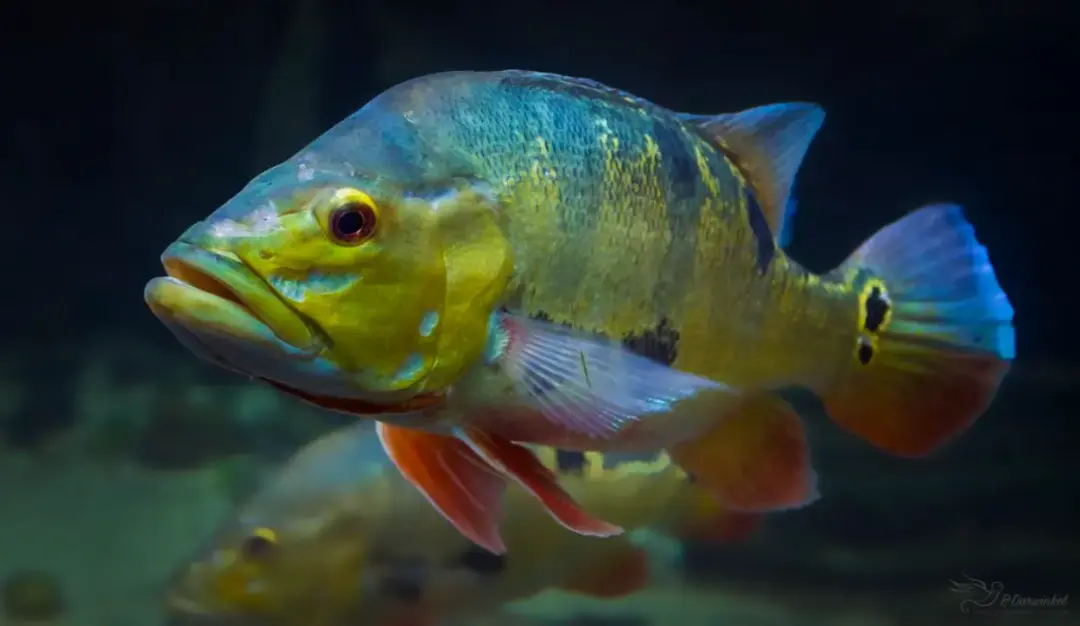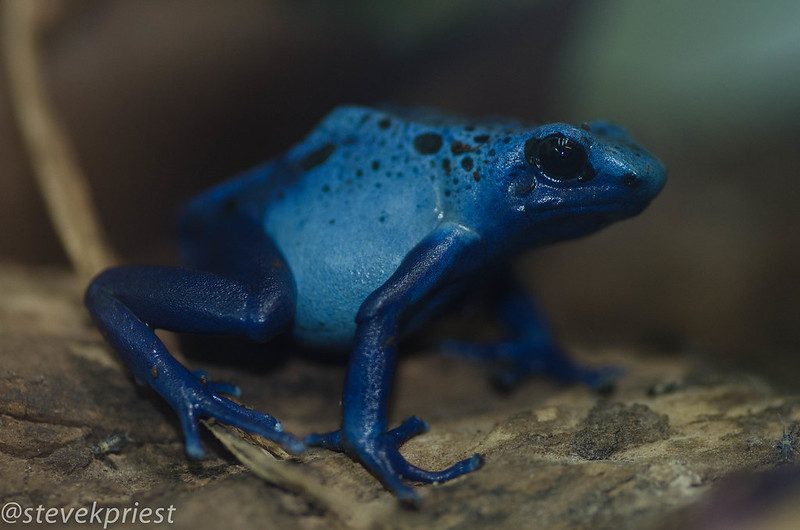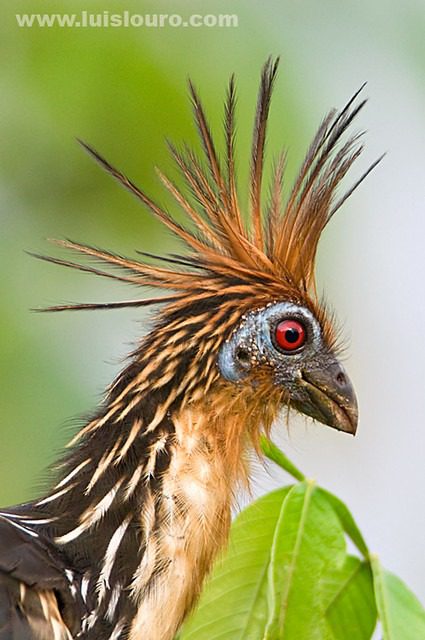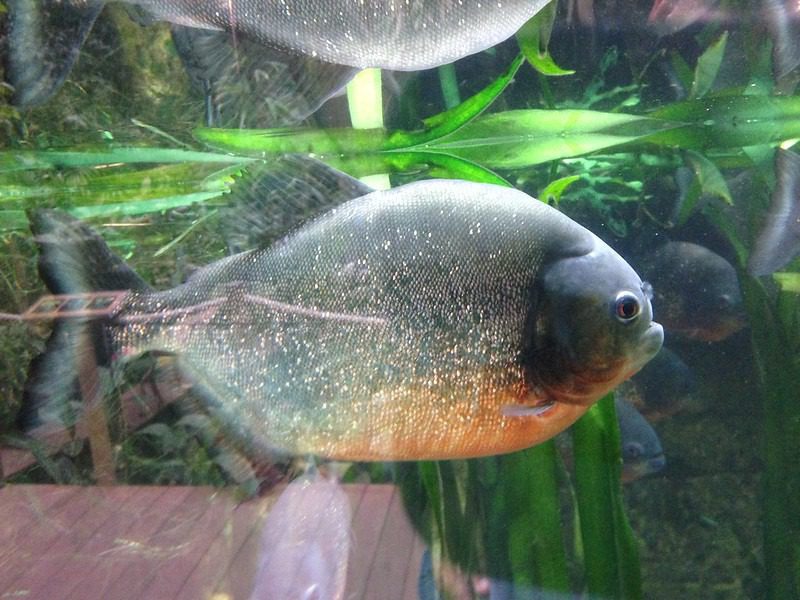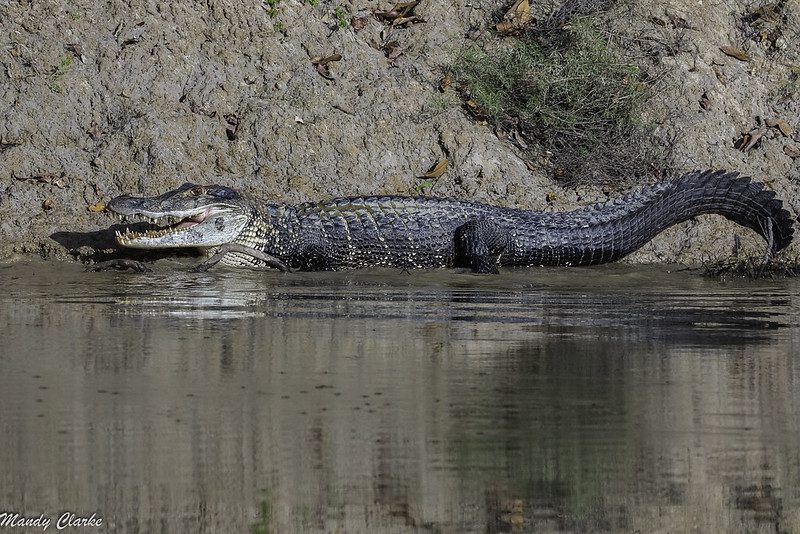Green Anaconda: The Titan of the Amazon
Introduction to the Green Anaconda
The green anaconda (Eunectes murinus) is one of the most awe-inspiring reptiles on Earth. As a member of the boa family, this non-venomous constrictor is primarily found in the swamps, marshes, and slow-moving rivers of the Amazon and Orinoco basins. Known for its immense size and elusive behavior, the green anaconda has fascinated scientists, adventurers, and wildlife enthusiasts for generations.
Green Anaconda Size and Physical Characteristics
How Big is a Green Anaconda?
The green anaconda is often cited as the largest snake in the world by weight and the second-longest after the reticulated python. Adult females are significantly larger than males. While males typically measure around 10 to 14 feet, females can grow up to 20 to 30 feet in extreme cases. Most commonly, green anacondas found in the wild measure between 15 and 20 feet.
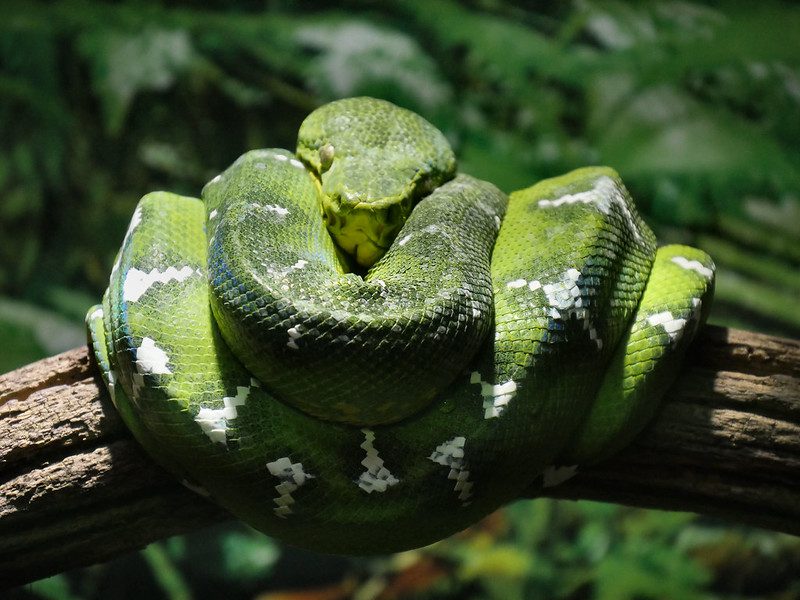
How Long is a Green Anaconda?
The length of green anacondas can vary greatly depending on the environment and sex of the snake. The average length ranges from 15 to 20 feet, although some rare individuals have been measured at over 25 feet. Their girthy bodies and muscular frames make them incredibly powerful predators.
Largest and Giant Green Anacondas
Stories of the biggest green anaconda have fueled myths and documentaries for years. The largest green anaconda reliably measured was around 29 feet long and weighed over 500 pounds. These rare behemoths are often referred to as “giant green anacondas” due to their unprecedented size and strength.
Green Anaconda Diet and Feeding Habits
What Does a Green Anaconda Eat?
Green anacondas are apex predators with a diet consisting primarily of aquatic and semi-aquatic animals. Their primary prey includes:
- Fish
- Birds
- Capybaras
- Caimans
- Wild pigs
- Occasionally jaguars or deer
They are ambush predators, relying on stealth and sudden strikes. Their strong jaws and backward-facing teeth help grip the prey, which is then constricted until suffocation.
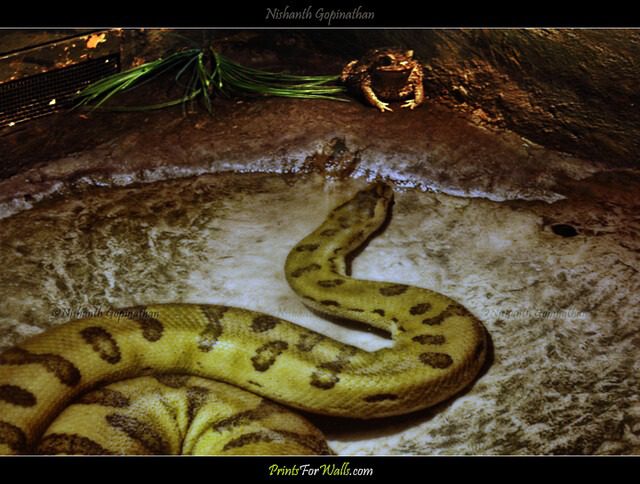
Feeding Frequency and Digestion
Due to their slow metabolism, green anacondas don’t need to eat frequently. A large meal can sustain them for weeks or even months. Digestion can take several days, during which the snake remains relatively inactive.
Predators and Threats to the Green Anaconda
Natural Predators
Adult green anacondas face few threats in the wild due to their size. However, juvenile snakes are vulnerable to:
- Birds of prey
- Jaguars
- Caimans
- Large fish such as piranhas
Human Impact
Human activities pose a significant threat to green anaconda populations. These include:
- Habitat destruction due to deforestation and agriculture
- Hunting for skin and meat
- Killing out of fear or for exotic pet trade
Green Anaconda Lifespan
How Long Do Green Anacondas Live?
In the wild, green anacondas can live up to 10-12 years, although lifespans of over 20 years have been observed in captivity. Factors affecting their longevity include food availability, environmental conditions, and predator exposure.
Lifespan Differences in Captivity vs. Wild
Captive green anacondas tend to live longer due to regular feeding, lack of predators, and veterinary care. However, ethical concerns about keeping such large reptiles in captivity remain a subject of debate.
Fascinating Green Anaconda Facts
General Facts
- Green anacondas are excellent swimmers and can stay submerged for up to 10 minutes.
- Their eyes and nostrils are located on top of their heads, allowing them to see and breathe while mostly underwater.
- They give birth to live young, unlike many snakes that lay eggs.
Unusual Facts
- A single litter can consist of up to 40 baby snakes.
- Female green anacondas sometimes exhibit cannibalistic behavior by eating smaller males after mating.
- They use their strong body to crush and suffocate prey in seconds.
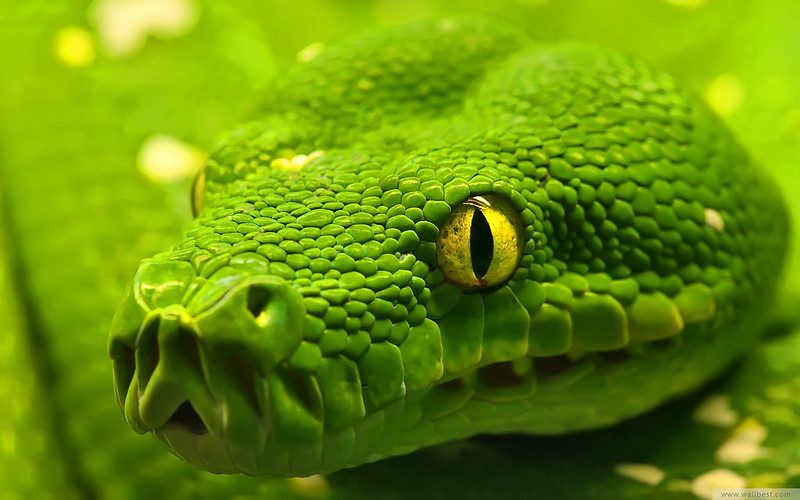
Green Anaconda New Species and Classification
Discovery of New Anaconda Species
Recent studies suggest that what was once considered a single species may actually comprise multiple genetically distinct species. Research is ongoing, but a “new species of green anaconda” has been identified in different South American river systems.
Bennett’s Green Anaconda and Green Northern Anaconda
These are believed to be subspecies or closely related species within the Eunectes genus. Bennett’s green anaconda, in particular, has distinct morphological features such as smaller heads and slightly different scale patterns.
Northern Green Anaconda
Also known as the green northern anaconda, this snake resides in the upper Amazon and Orinoco basins. They are smaller in size compared to their southern counterparts but share many behavioral traits.
Conservation and Ecological Role
Importance in the Ecosystem
Green anacondas play a crucial role in maintaining the balance of their ecosystem. By controlling populations of prey animals, they help sustain biodiversity and prevent overgrazing of aquatic vegetation.
Conservation Efforts
Efforts to protect the green anaconda include:
- Establishing protected wetland reserves
- Conducting population studies
- Educating local communities about their ecological importance
Challenges to Conservation
- Poaching and illegal trade
- Habitat fragmentation
- Lack of comprehensive data due to the snake’s elusive nature
Interesting Green Anaconda Topics
Anaconda Mating Balls
During mating season, multiple males may compete to mate with a single female. This results in what researchers call a “breeding ball,” where up to a dozen males wrap around one female, each trying to secure copulation.
Record-Breaking Sightings
Occasionally, exceptionally large green anacondas are found, reigniting discussions about mythical snakes from ancient legends. These discoveries often include photos and measurements, adding to the mystique.
Role in Indigenous Mythology
In many Amazonian cultures, the green anaconda is seen as a spiritual entity, often associated with water gods and natural forces. Its elusive presence and massive size have earned it a place in local legends and storytelling.
Conclusion: The Green Giant of the Amazon
The green anaconda is more than just the largest snake in the world. It is a symbol of natural power, evolutionary prowess, and ecological balance. As research continues and awareness grows, understanding and protecting this magnificent reptile remains essential. Whether through conservation, education, or cultural appreciation, the green anaconda deserves its place in the spotlight of wildlife preservation.


